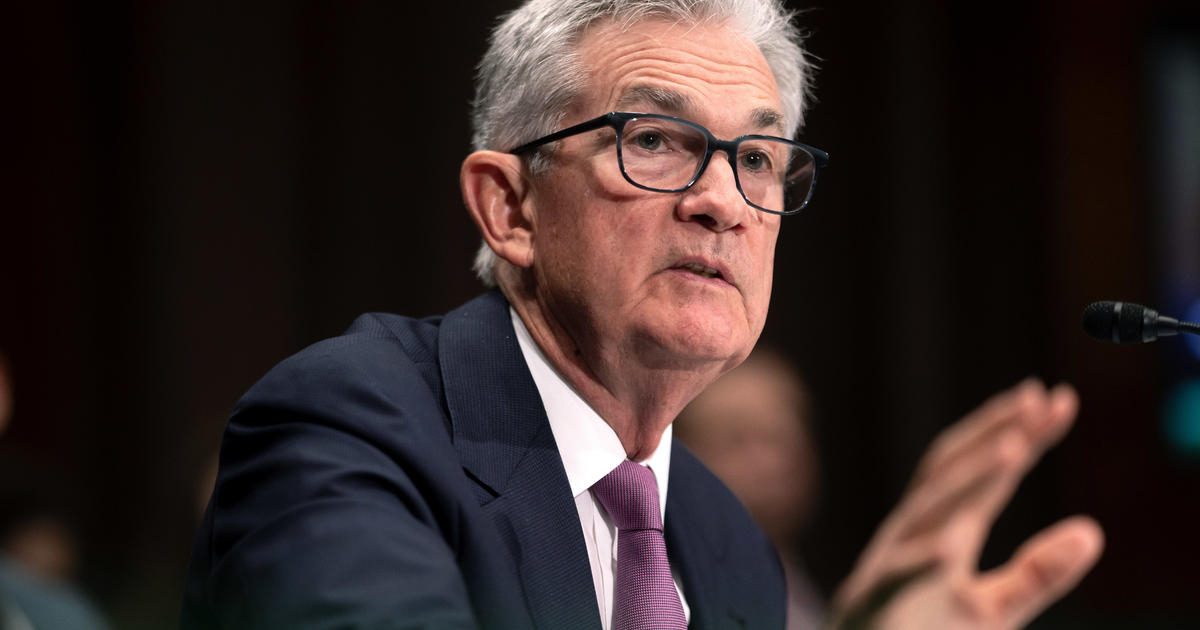The smart way to borrow for a new or used car
If you're shopping for a new or used car soon, you'll likely find the car's price -- and the monthly payments -- are higher than you expected.
At 5.6 percent, the average new-car loan annual percentage rate (APR) has hit the highest level since before the 2009 recession, according to Edmunds.com. And with new-car prices up as well, the average monthly payment has risen to $535 -- up from $463 in 2013.
In the used-car market, the average APR is 8.3 percent and monthly payment is $398 -- up from $366 in 2013.
"With more potential Fed rate hikes ahead, we don't expect to see these higher vehicle costs retracting," said Jessica Caldwell, executive director of industry analysis at Edmunds. "Car shoppers should brace themselves because this is likely a new normal."
The size of the loans and down payments also has risen. In April, the average new-car loan was $31,118 and the down payment was $3,911. In 2013, the loan size was $26,679 and the down payment $3,494.
To cope with the higher interest rates and prices, consumers are taking out longer-term loans. The average loan has risen from about 5 ½ years in length in 2013 to over 5 ¾ years now. Length on used-car loans have seen a similar increase.
Looking at these trends -- higher prices, higher interest rates and higher monthly payments -- here's some advice that financial planners give to car shoppers to help them stay on the safe side when buying a car:
Make as large a down payment as you can. Putting cash up front reduces the principal and the payments of the loan -- a much better option than stretching out the loan duration.
The average new-car down payment in 2013 and in April this year has been just over 11 percent of the purchase price. Try to put down more than that. The ideal down payment for new cars is 20 percent, but even 15 percent is better.
For used cars, try to stick to a 20 percent down payment since your loan has less valuable collateral than with a new car.
Don't take a loan longer than five years. Having a time limit helps you control your total spending. The longer the loan, the more you pay. "Going beyond five years is a big red flag," said Greg McBride, chief financial analyst for Bankrate.com.
Limit your auto expenses to 20 percent of your income. Make sure that all auto expenses, including fuel and maintenance, don't exceed 20 percent of your gross income, counsels Edmunds.com. Remember with a newer car, your auto insurance payments will also be higher. Before starting to shop, work out a budget with Edmunds' affordability calculator.




